
14 minute read
LAX LICENSING LOWDOWN
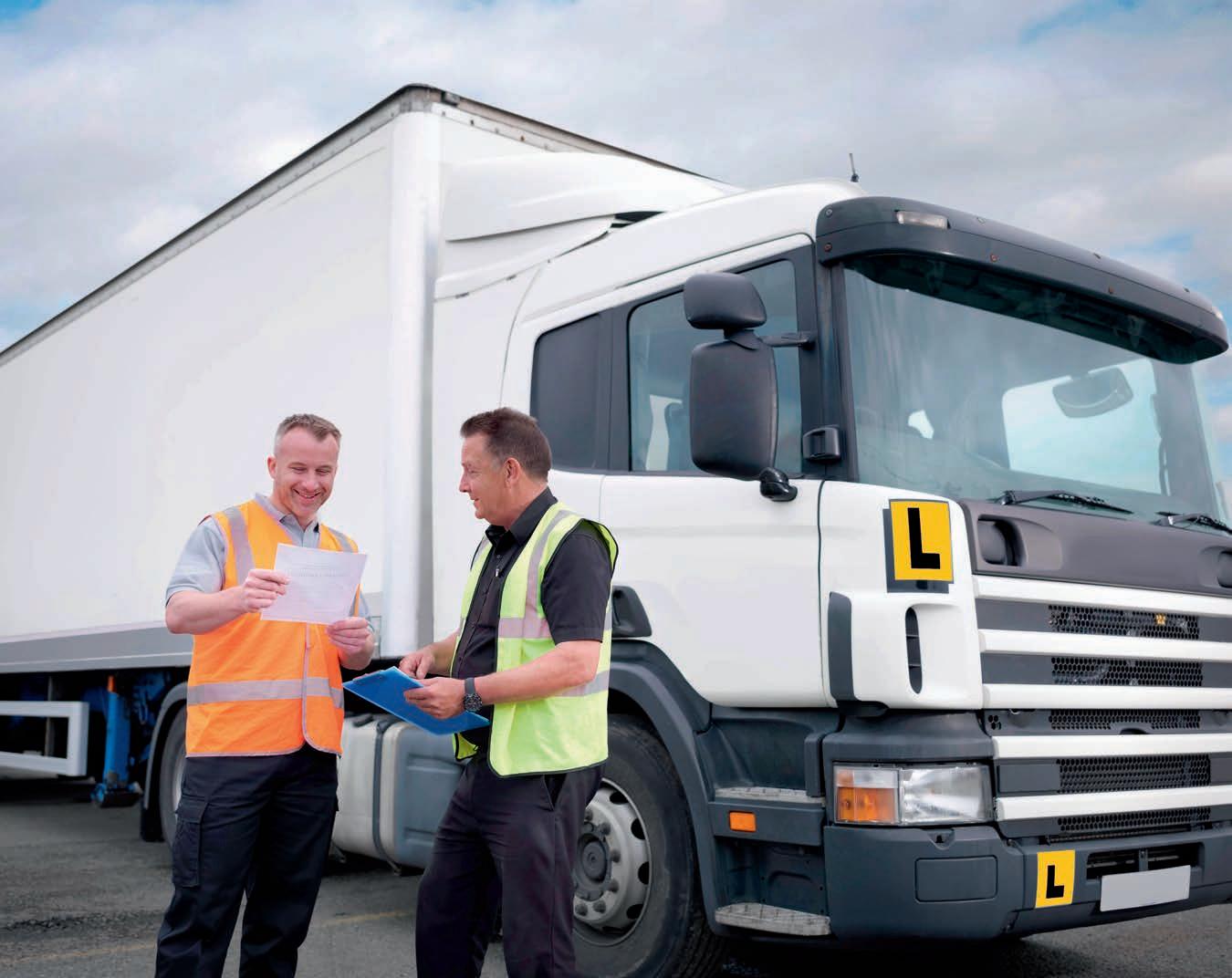
The coronavirus has caused yet another delay in fixing Australia’s broken truck driver licensing system, as Owner//Driver reports in this special feature
MOST DAYS, Brad Greenrod witnessed what the transport industry sees far too often – truck drivers who can’t drive.
Until recently Brad was a driver assessor and on-road compliance manager with one of Australia’s biggest trucking companies.
But shockingly, he estimates for every couple of dozen applicants with B-double licenses he interviewed, after the practical test he would hire only one – maybe two.
“It’s fairly common for them not to be able to keep the truck in the lane, they couldn’t hook them up, couldn’t reverse – basically couldn’t drive out of sight on a dark night,” Brad laments.
“I’ve had blokes slam the truck into the back of trailers and miss the king-pin completely.”
Brad – whose own driving specialty is in heavy haulage – doesn’t blame the individual licence holders for their inability and inexperience. He’s had a couple tell him they weren’t taught to reverse or hook up in the first place, let alone practise.
Brad doesn’t necessarily blame driving instructors or schools either, for producing licence holders who can’t do the job.
“Basically the system sucks,” he says. “It’s just far too easy.”
He says that laxness is typified by the time taken to get a licence, in as little as a day; by being able to go straight from Heavy Rigid (HR) to Multi Combination (MC) in two days; by vehicle lengths and weights being much less than in the real world; getting a Heavy Combination (HC) licence only using a trailer with a drawbar, when most trailers have a skidplate/
fifth wheel mechanism; assessors in many cases not having real-world experience; and of course the tests themselves are easy, such as reversing a B-double just in a straight line.
Brad is a NSW-accredited driver trainer and assessor who worked at a leading Sydney driving school between 2008 and 2014, and reckons standards have deteriorated since.
When heavy vehicle competency-based assessments (HVCBAs) through driving schools started happening in the mid-1990s – as opposed to practicing first and then going to the authorities to be assessed on driving alone – there were more than 40 competencies involved.
These have now been bundled into 15 – including vehicle checks, steering, gears, brakes, reversing, coupling, load restraint and hill starts – all supposedly assessed in a day, with a checklist that runs to 25 pages in NSW. “There’s no time for training,” Brad says.
And this is all assuming the gearbox is automatic – not a crash box, which of course is impossible to master in a day, and that’s just on its own.
By the way, you can go straight from an auto car to an auto rigid truck, but on your licence be stamped miraculously capable of driving a synchromesh manual box up the front of more than 22 tonnes.
This is all in stark contrast to what Brad observed during a recent trip to the Canadian province of Alberta, where HC drivers have to do more than 110 hours of training – including nearly 60 hours behind the wheel – costing up to $10,000.
The much tougher regime came in after a horrific crash in 2018 in the neighbouring province of Saskatchewan when an inexperienced semi-trailer driver went through a flashing light and hit a bus, killing 16 people from a junior ice hockey team.
Dumbing Down
Like Brad, Peter Swinn could have earnt a lot more money as a truck driver than as a truck driving instructor, but his passion for teaching kept him in the game for more than 20 years.
Two years ago though, Peter finally had enough of the training and assessment system and has been back on the road. He says Australia’s slack truck licensing schemes create pressure for schools to deliver the lowest possible standards
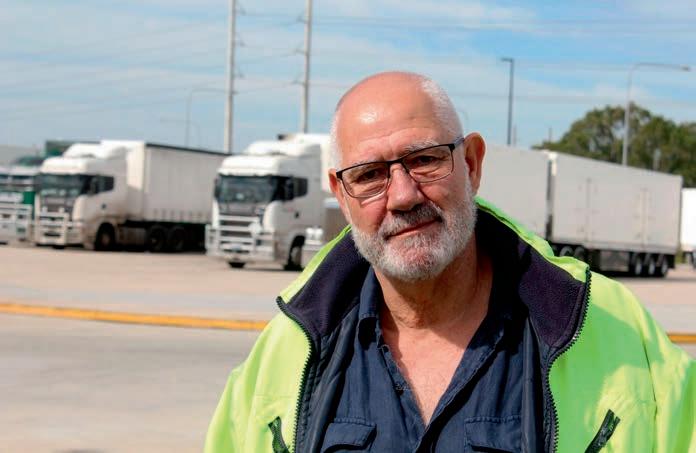


Top: “They’ve also brought in a lot of rorting”: Former driver trainer Peter Swinn
Above: It’s possible to get a heavy combination licence in Australia without knowing how to safely connect a king pin into a fifth wheel
Below: Eagle eye: should rearfacing mirror cameras be used to prove reversing and coupling assessments?
Opposite below: “Basically the system sucks”: Driver trainer and assessor Brad Greenrod
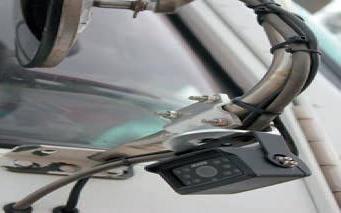
CRIMINAL CONVICTIONS
Outright lawbreaking in the truck driver licensing system has been exposed in recent years.
A former heavy vehicle training manager at Linfox’s Anglesea Complex in Victoria was jailed over the corrupt provision of driver competency certificates.
Michael Harrington, 65, was found to have pocketed more than $28,000 for 25 certificates, though his actions between 2006 and 2012 ultimately involved more than 300 certificates.
As a result of the certificate fraud allegations, VicRoads was forced to notify and retest nearly 800 people Harrington tested since 2005. Fewer than 250 retained their licenses.
Harrington was convicted in 2017. Along with an early guilty plea, lack of prior convictions and accepted expressions of remorse, the judge noted strong character references from Wettenhalls, which had offered Harrington a job following his dismissal.
The co-accused in the case received a community corrections order.
In NSW in 2014, the Independent Commission Against Corruption (ICAC) found that truck competency assessor Chris Binos had acted corruptly.
“During the course of the Commission’s investigation, Mr Binos identified at least 95 applicants for whom he believed he had, in return for payment, made false entries in their learner’s log books to the effect that he had assessed them as competent to drive a heavy vehicle,” the ICAC said at the time.
The ICAC referred the matter to the NSW Director of Public Prosecutions (DPP).
Owner//Driver contacted the DPP who told us that Binos was convicted in the NSW District Court in 2016. He pleaded guilty to three charges of corruptly soliciting benefits. His sentence was two years’ home detention.

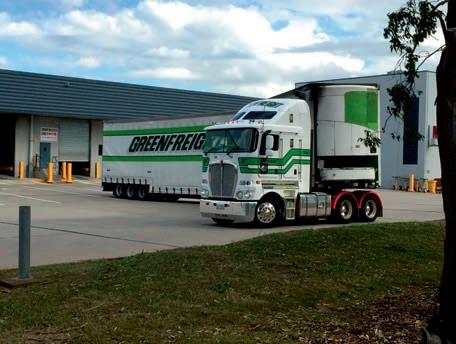
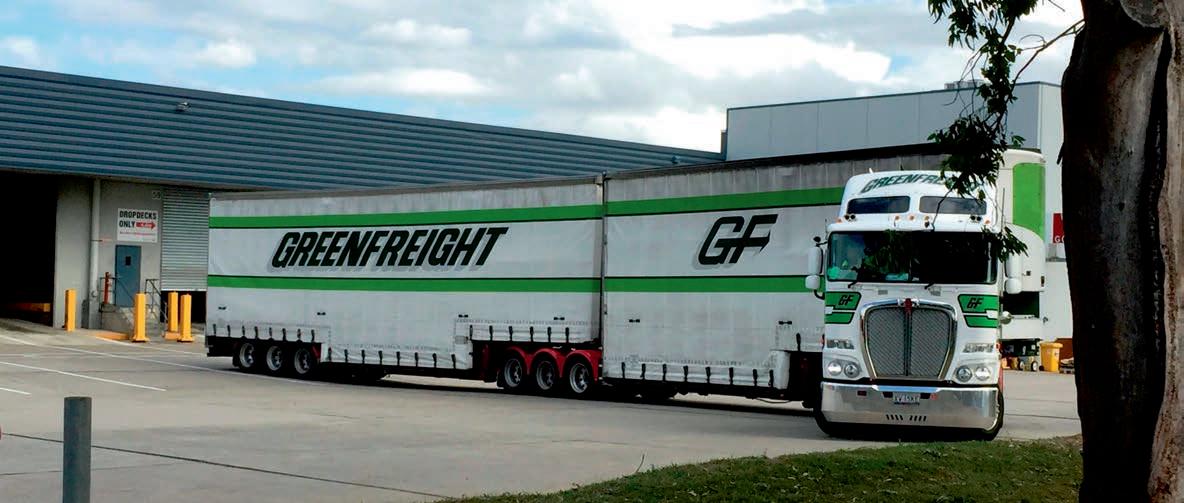
for the lowest possible price, and make it harder for the good guys to compete.
He adds that too many trucking companies just want bums on seats: “If the freight gets there, that’s all they care about.”
Peter says the original competency-based system was designed to produce ready-made drivers by having schools teach non-driving skills such as coupling and load restraint, and he says it was good.
Standards were much higher. For example, there had to be two assessments of each skill, conducted at least eight hours apart; there was compulsory night driving; and defensive driving against bad car drivers was taught.
“But they’ve made everything easier and watered everything down,” Peter says of the state road agencies, who he believes have dropped to the lowest common denominators in moving towards a national system.
“They’ve also brought in a lot of rorting. It’s probably human nature to get away with whatever you can, but it’s the authorities that are the ones that ultimately have to police it and make sure it’s done right.”
Peter says the policing in NSW is lame compared with a couple of decades ago, when the auditors were “really staunch”.
“When competency-based assessment started, the auditors would turn up at your door unannounced any time they wanted, and they would spend an hour or two with you or they would spend a whole day with you.” Peter suspects at one stage there were even undercover “trainees”.
He says the government auditors would sometimes follow trucks in their cars, hide at intersections, and occasionally take a candidate out in the truck themselves.
“They now just turn up on the odd occasion to see the final competency assessment conducted,” Peter laments.
Since corruption scandals in NSW, Victoria and Western Australia (see pages 25 and 28), those short on-road final assessments involve both front and inward-facing cameras, audio and GPS tracking.
However, except in Victoria, there is no camera verification that reversing or coupling has been assessed at any stage during the day.
A NSW road agency spokesperson told Owner//Driver: “In the past 12 months Transport for NSW has enhanced the HVCBA program to improve the integrity, quality and internal administration of the HVCBA scheme and uplift skills and knowledge of approved trainers/assessors.”
Completed improvements include a customer satisfaction survey for licensees launched in November 2019; professional development training for assessors, delivered by TfNSW; and best practice videos.
On the trainee application form it says a TfNSW Officer might turn up on site, and for example, accompany the candidate and assessor in the vehicle during an assessment; or ask the candidate to demonstrate completed training course criteria.
Above: The right way: A Greenfreight driver skilfully reverses a B-double into a narrow finger dock
Below: Concrete carter: common driving school HC setup
Opposite bottom: There’s a bit of a difference in backing this dinky driving school trailer compared with this quad dog
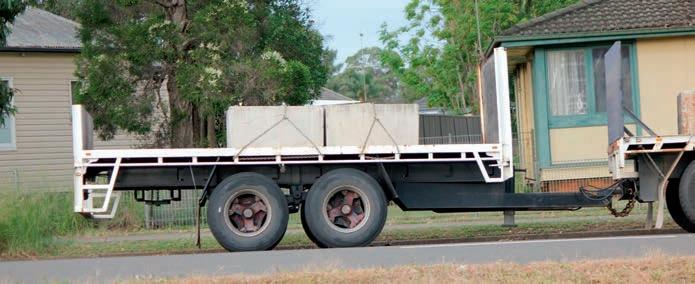
VicRoads told Owner//Driver that among its additional controls in recent times: “Providers are required to self-audit and report findings of audit anomalies on a monthly basis.” There are also police checks of personnel every three years.
Senate Slams System
Of course it’s not just Brad and Peter who are blowing the whistle on Australia’s bare bones and inconsistent driver licensing standards. The Australian Trucking Association is just one of many organisations that have been voicing serious concerns for years.
In 2017, a hard-hitting Senate inquiry report was scathing of the current situation.
“Perhaps flowing from the problem of ill-equipped instructors and assessors, the committee heard that the standard required of drivers who seek heavy vehicle licensing has dropped to unacceptably low levels,” says the report.
Not only did Aspects of Road Safety in Australia find that state road agency standards on driver licensing were poor (and that’s not counting the issue of overseas drivers). It also found that policing of the private registered training organisations (RTOs) left a lot to be desired too.
This is the job of the Australian Skills Quality Authority (ASQA).
“The committee notes evidence that ASQA has received few complaints about heavy vehicle driver training and assessment, which does not accord with evidence received during the inquiry of underhanded practices in the training industry,” the Senate report says. It concluded that “more can be done by the national body to investigate and protect the integrity of the system”.
ASQA did identify truck licensing qualifications as “products of concern” from 2017 to 2019. However, the regulator told Owner//Driver that monitoring did not identify an ongoing risk, and as a result truck licensing has been removed from its products of concern list.
The Senate Committee on Rural and Regional Affairs and Transport report noted that way back in 2008 Australia’s transport ministers agreed that there should be consistent national rules on truck driver licensing standards. This was supposed to happen under Austroads, the peak organisation of road and traffic agencies.
However, the committee concluded that the rules are still inconsistent between – and even within – the states and territories, “which provides scope for loopholes and slipping standards”.


Strategix Training driving instructor Ian Stanley
DRIVE FOR IMPROVEMENT
Ian Stanley has been in the truck and bus game for over 30 years – including as a driver, fleet and operations manager – and driving instructor at Strategix Training in Brisbane for the past decade.
He does B-double licenses in two days, including 16 hours behind the wheel and a two-hour driving test. He goes beyond the call of duty in taking nearly all candidates up and down the old Toowoomba Range, teaching them how to hold on to a big rig using either a crash box or an automated gearbox in manual mode.
“Should the training be longer for all heavy vehicles? Absolutely!” says Ian.
“I would love to have people for a week but we would price ourselves out of the game.
“For that to happen it would need to come from governing bodies and be implemented across the industry. Competency comes with time and practice on the road.”
Ian actually spends most of his time training the far more comprehensive Certificate III in Driving Operations, a nationally-recognised qualification for which government subsidies are available. He says there’s “sometimes too much theory in it”, but he believes something like it should be the minimum requirement for getting behind the wheel.
For newbies, the Certificate III taught by Strategix involves two days in the classroom for 10 weeks, covering key topics such as fatigue management, Chain of Responsibility, manual handling, load restraint and vehicle inspection. Then it’s 10 hours behind the wheel to prepare candidates for their Heavy Rigid (HR) licence test.
Strategix also offers Cert III in the workplace, “to make sure drivers are at the top of their game”. This might include sitting with an already-experienced B-double driver while they do a long-distance changeover.
In addition to basic licensing and Cert III, for about $100 an hour Ian is often asked to visit trucking companies and help out with identified drivers, upgrading their skills.
“Three hours and $300 is cheaper than putting a new clutch and gearbox in a truck,” he points out, and he’s not just talking about crash boxes in articulated trucks, but synchros in rigids as well.
In Queensland, HR and HC licenses are assessed by Department of Transport and Main Roads’ officers.
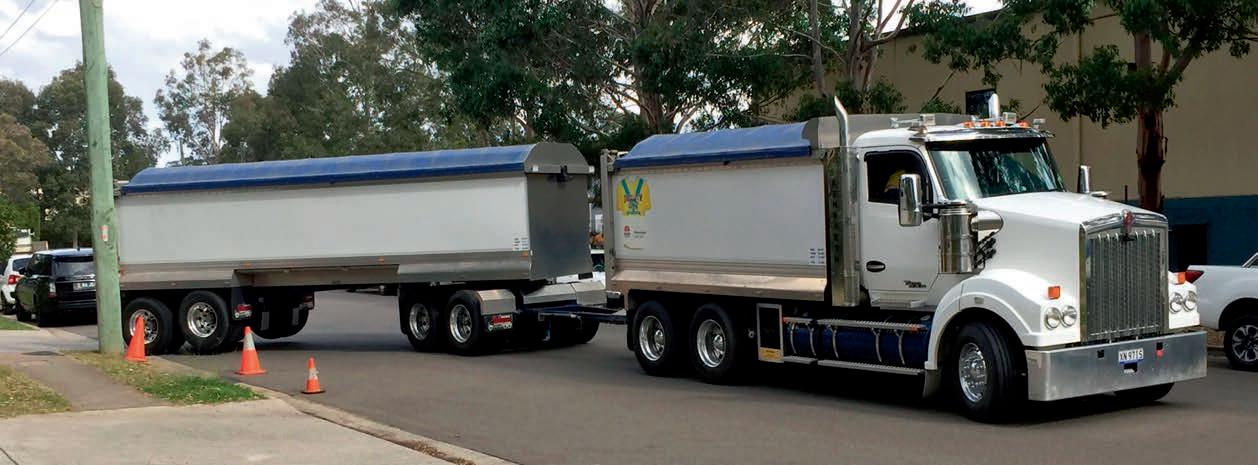


Above: By winding down the legs you can drive out from underneath this driving school HR tray body to reveal the HC fifth wheel, or more commonly use the tow coupling to pull a trailer
Right: How many freshly minted truck licensees know that un-tapped spider wheel cleats can kill you if you don’t know how to change a tyre properly?
Below right: Can you spot the problem in these photos featured on Australian driving school websites?

SCANDAL IN THE WEST
In 2017 the Western Australian Corruption and Crime Commission revealed a rort involving Mines West Driving School, owned by Previn Narayanan.
The report detailed what it called “corrupt behaviour” including not conducting assessments; not carrying out assessments on designated routes; not having students complete a required theory test; and counselling interstate applicants on how to appear to be a WA resident to obtain a WA licence, before converting it to an interstate licence.
The WA Department of Transport (DoT) – which detected the scam and cancelled its contract with Mines West – carried out 370 new driving assessments of Mines West “graduates”. More than half failed.
Last September, Austroads came out with a report flagging improvements like strengthening the oversight of RTOs; stronger licence standards; and perhaps most significantly, having minimum supervised on-road experience as part of the process.
Owner//Driver contacted Austroads to see how its project is going. We were told it’s been put on hold until 2020/21 because of the coronavirus crisis.
But of course the schools seem as busy as ever.
Hope on the horizon?
In what could be a breakthrough development, last year the Victorian Government launched a review of its truck driver licensing system. The review is applauded by NSW Police, among others.
It is being headed by Peter Anderson, CEO of the Victorian Transport Association, the peak body for trucking companies in the state.
The Association wants to see at least five to eight days’ training before someone can get their truck licence, with many hundreds of hours of actual on-road experience in each class before you can move up to the next one.
With $4 million in funding from the Victorian Government over four years the VTA is putting 800 trainees through its own five-day ‘Driver Delivery’ program, run by Armstrong’s Driver Education. It includes both city and rural driving for HR and HC candidates.
“There is no doubt that one of the reasons that the industry fails to attract and retain professional people is due to the levels of qualification and experience needed to start within the industry,” says Peter Anderson. “At present, these levels are very low and there is little formal recognition of experience, knowledge and responsibility within a road transport company.
“The current heavy vehicle driver licencing system does not ensure that the individual is competent, skilled and emotionally prepared to drive a heavy vehicle before they attain a licence.”
The VTA also advocates for mandatory education in high schools about heavy vehicle awareness.







